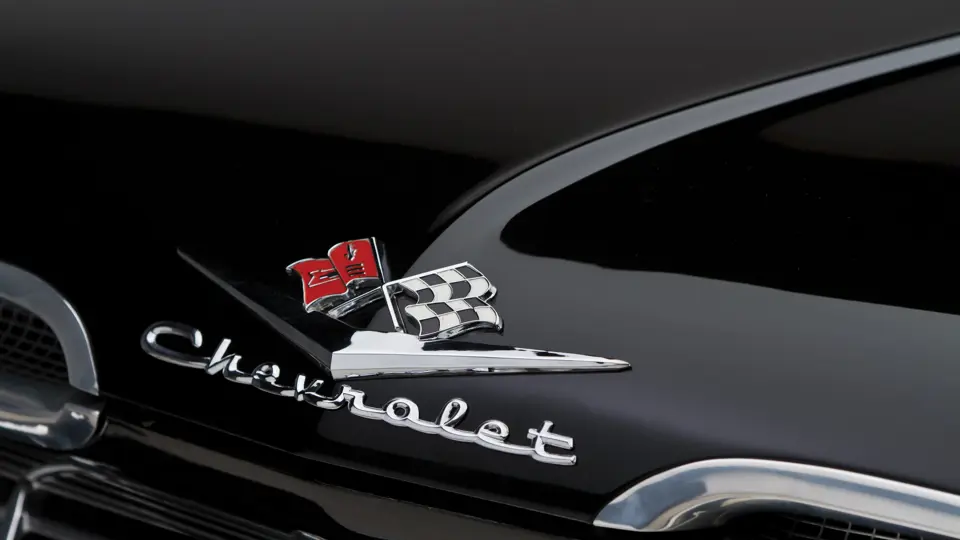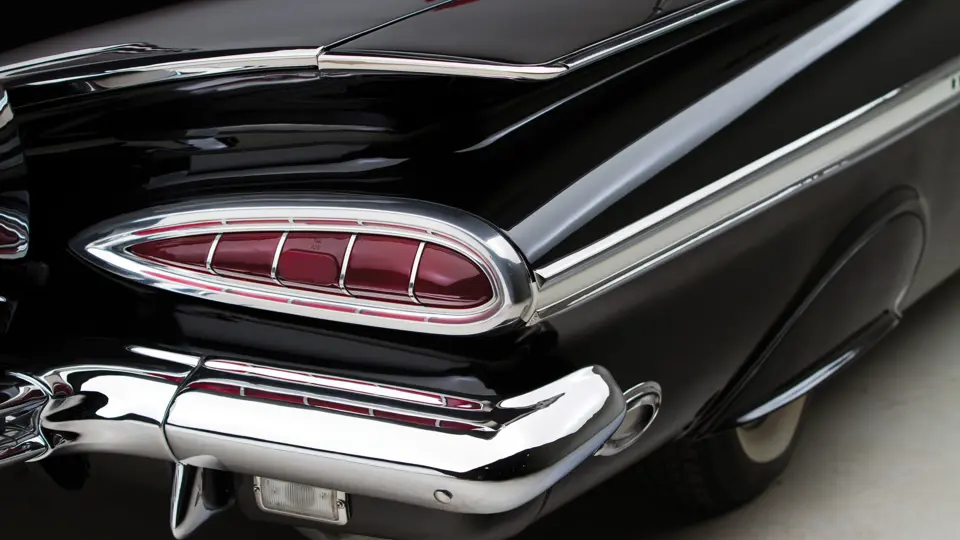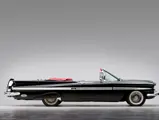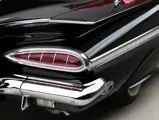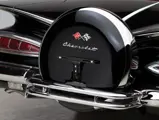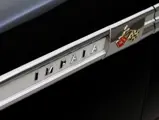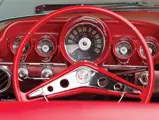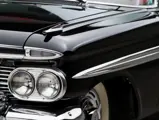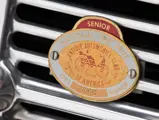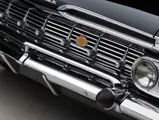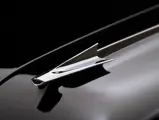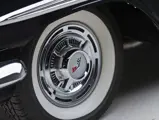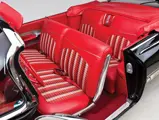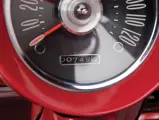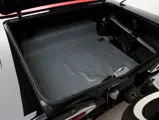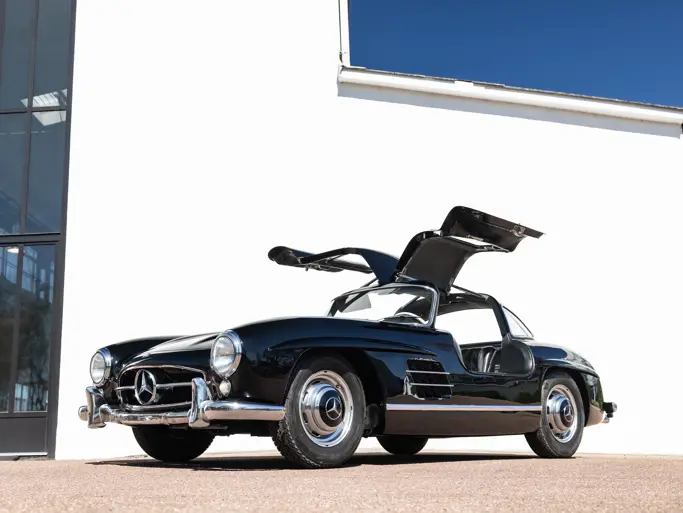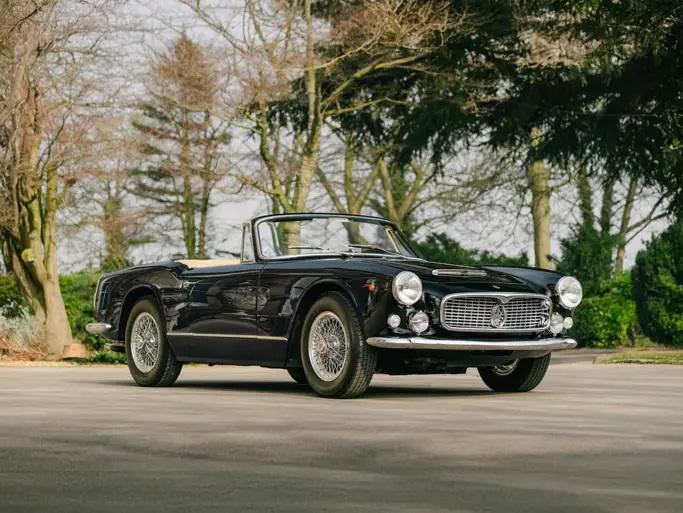280 bhp, 348 cu. in. OHV V-8 engine, two-speed Powerglide automatic transmission, coil spring independent front suspension, live rear axle with coil-spring trailing arm suspension, and four-wheel power hydraulic drum brakes. Wheelbase: 119.0 in.
After the impressive Impala for 1958, it might seem odd that the Chevrolet never developed the styling concept further. No doubt they had plans, but those plans came to naught once designer Chuck Jordan who peeked over the wall and spied Chrysler’s be-finned 1957 line. All GM activity came to a halt and a Plan B was instigated, a corporate-wide design of all-new cars for 1959. The winged ’59 Chevys were the result.
A “Slimline Design” they called it, with a “Spread Wing” tail, lit up with cat’s-eye tail lamps. The nose had high horizontal vents, rumored to prepare the public for fluorescent headlights—an idea that never came to pass. Four-door hardtop sport sedans became “flat-tops,” with panoramic rear windows. In many ways, the convertible coupe was the most conservative of the lot, its gull-wing rear quarters tying nicely to the open cockpit. In the process of redesign the cars grew, an inch and a half in the wheelbase and an inch and three-quarters in overall length.
Impala was now a series in its own right, eclipsing Bel Air, which was pushed down the market to the intermediate position. Further down the pecking order was Biscayne, now the entry-level model. The Impala line was short and sweet: a four-door sedan, two- and four-door hardtops, and a convertible. Drivetrain options were essentially carried over from 1958, with the addition of another fuel-injected small block and a high-compression, four-barrel 348. Transmission choices now included a four-speed manual, but not many full-size cars were so equipped.
This black ’59 Impala Convertible has the 280 brake horsepower Super Turbo-Thrust 348, with three 2-barrel carburetors and 9.0 to 1 compression. The transmission is the reliable two-speed Powerglide automatic. It is fully optioned with power steering, power brakes, power windows, and a power seat; it also has windshield washers, seat belts factory air conditioning, a power top, seat belts, a clock, and an AM radio with twin rear antennas and a rear seat speaker. The motif is finished off with fender skirts and a Continental kit at the rear.
The contours, paint, and chrome are all excellent. The red vinyl interior has plaid-theme cloth inserts in the seats and a matching padded red dashboard. A red vinyl boot cover is provided for the white vinyl convertible top. From top to bottom, the car is extra clean, the engine compartment is very tidy, and the undercarriage is exceptionally well detailed. Close inspection shows a body-off restoration. An AACA medallion on the grille evidences a Senior First award in 1993.
Controversial in its own time, the 1959 Chevy has stood the test of time. Although no longer advertised as such, Chevy remained the “Hot One,” its 315 brake horsepower Super Turbo-Thrust engine besting Ford’s 352 Thunderbird Special, which managed only 300. For the connoisseur of Chevrolets, particularly of 1959s, this car is a must.
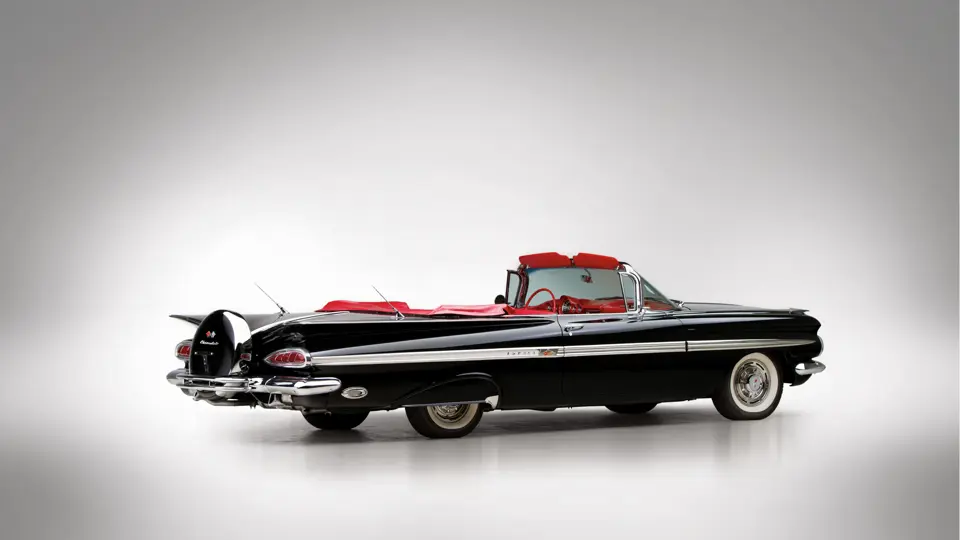
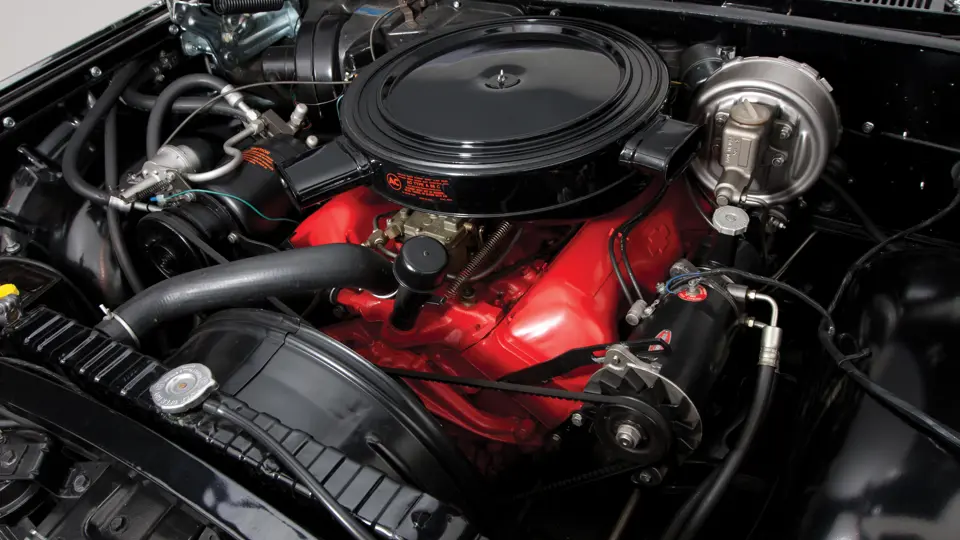


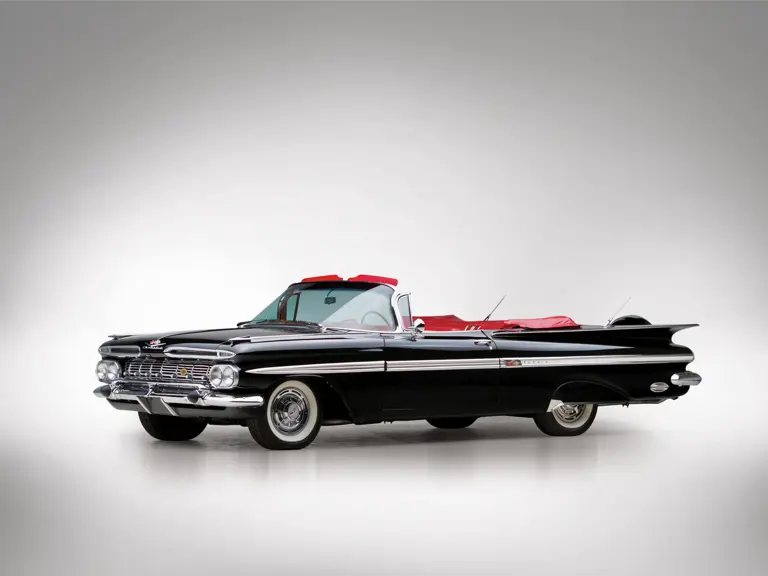
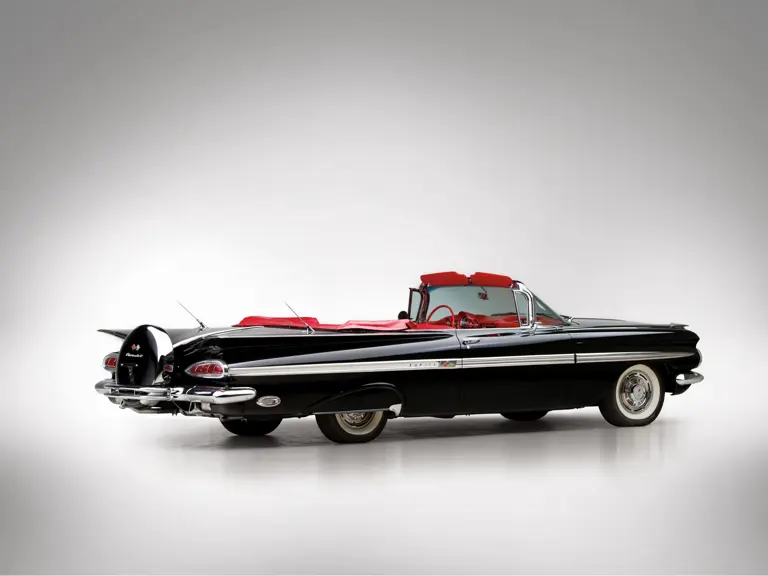
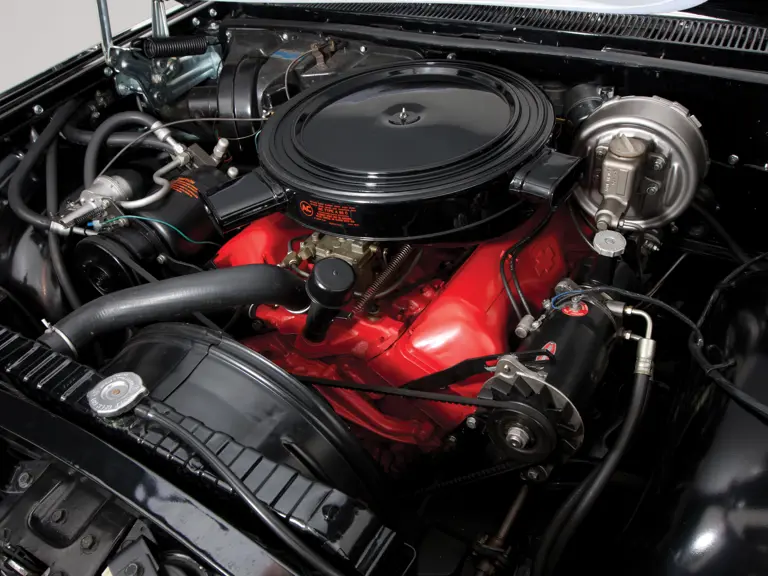
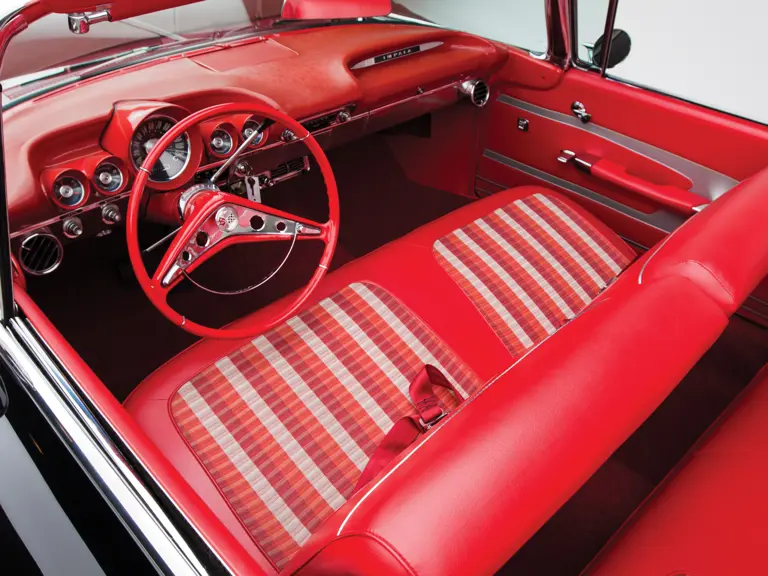

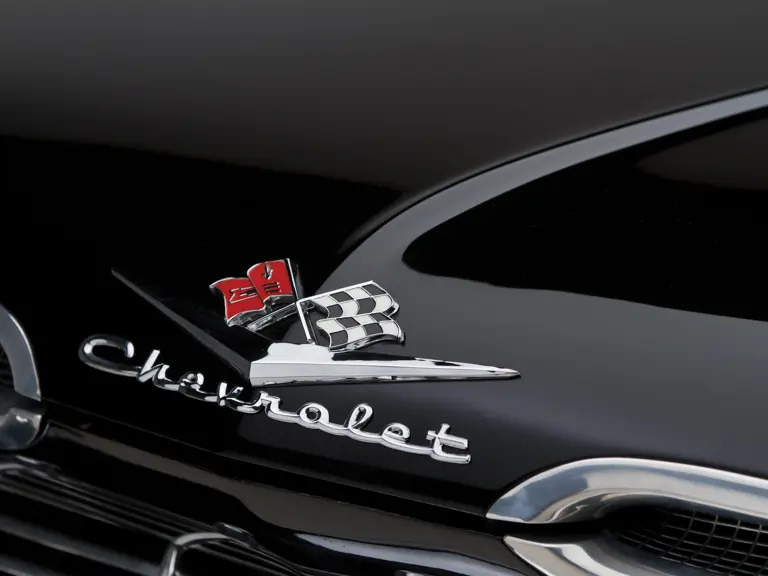
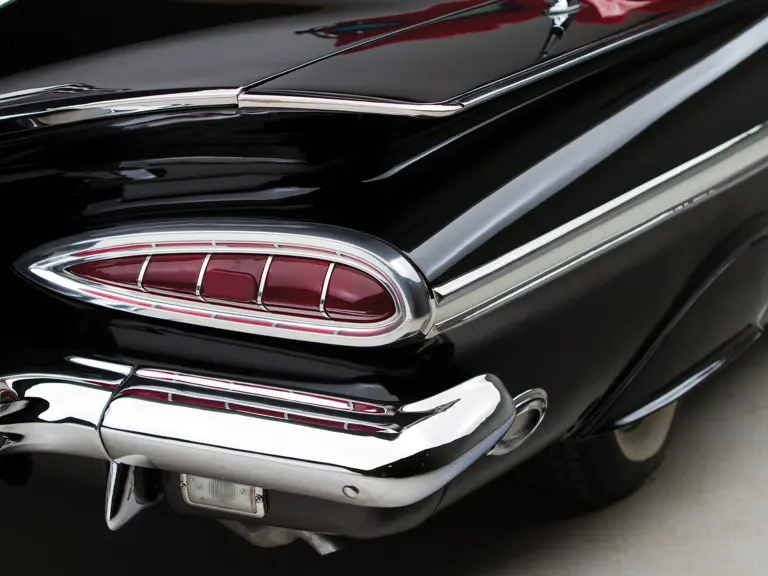
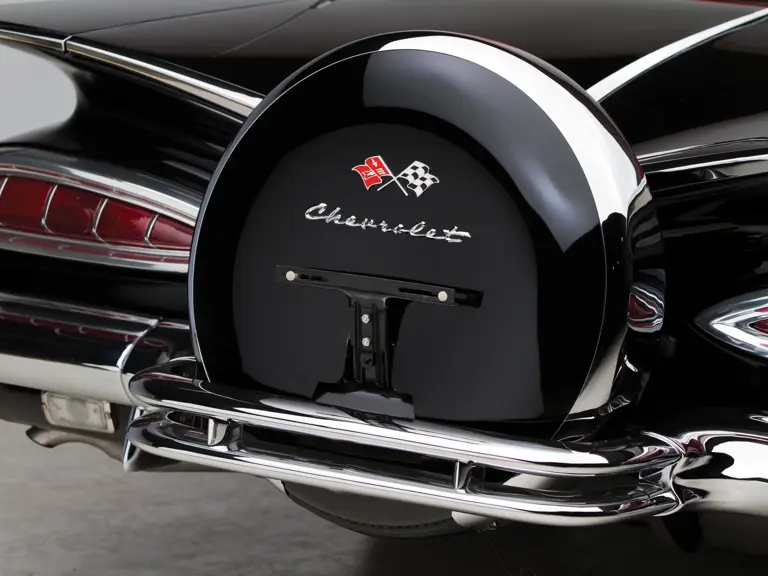

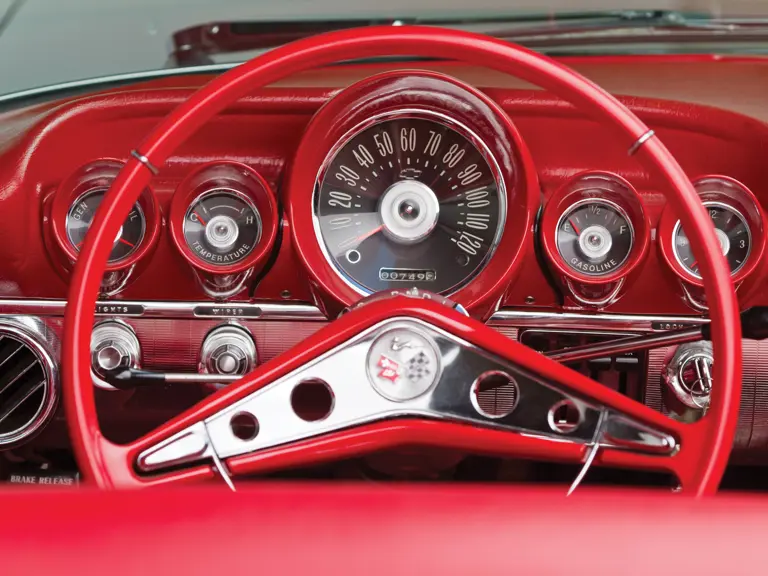
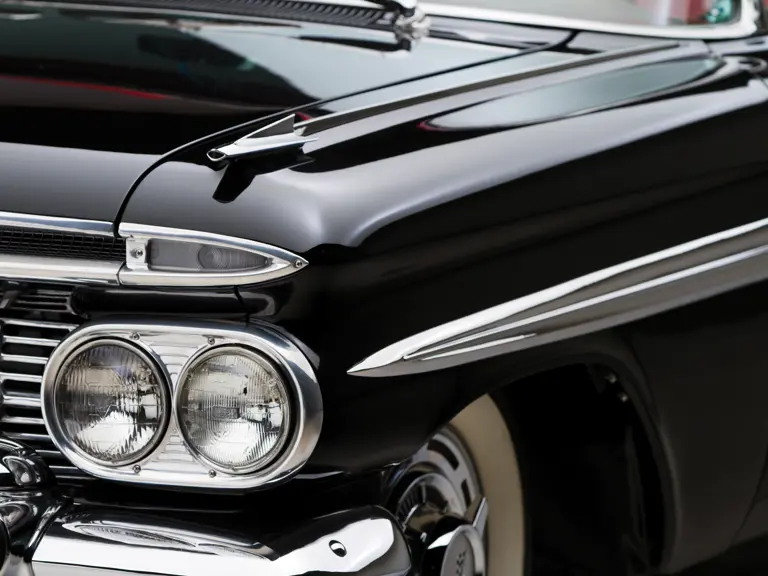
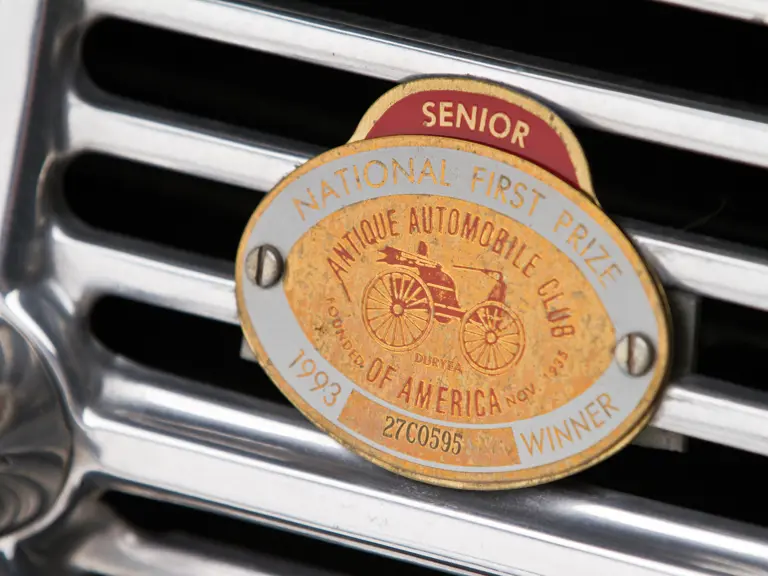
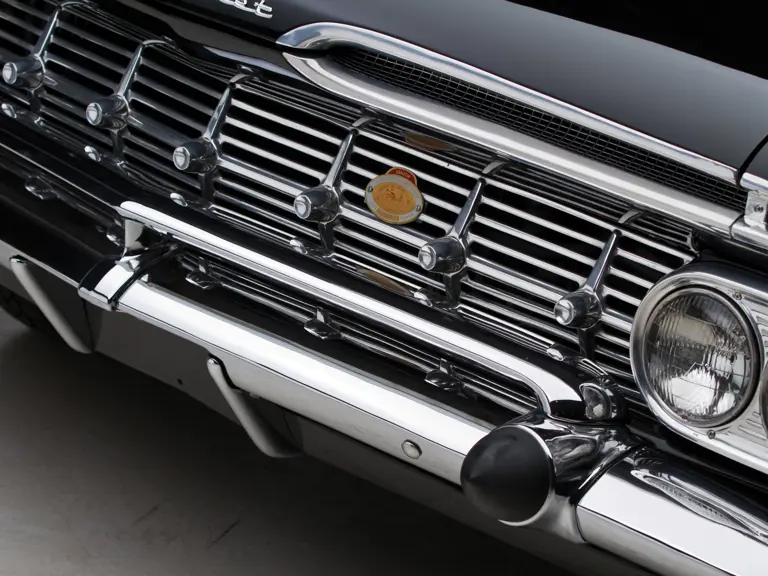
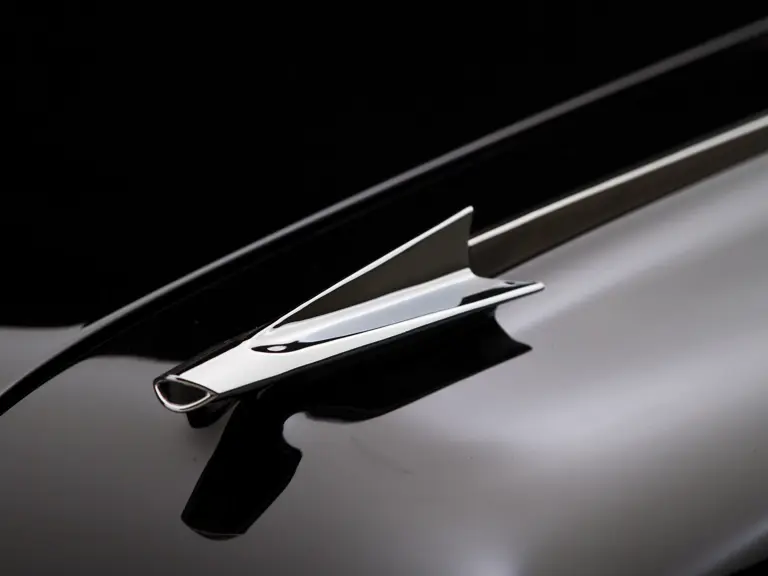
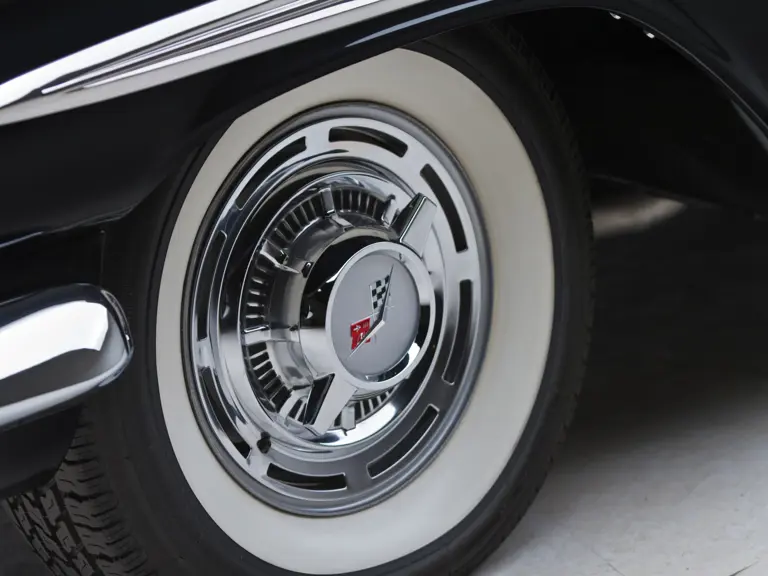
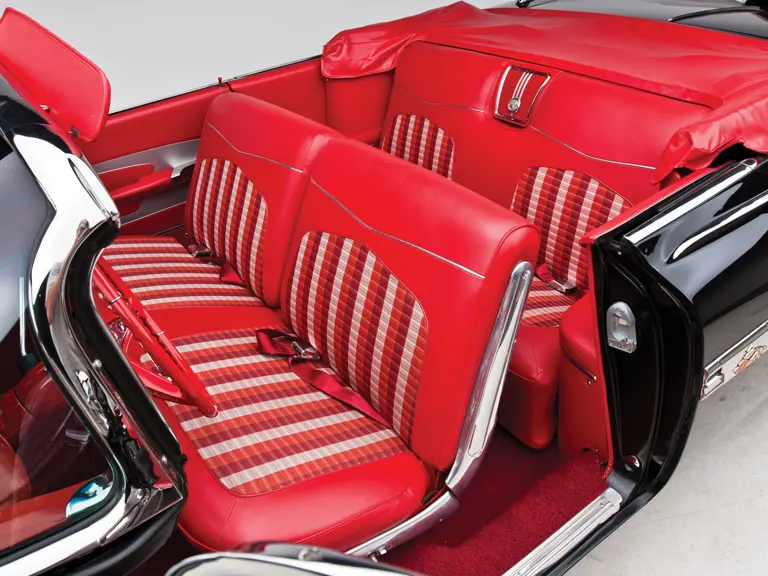
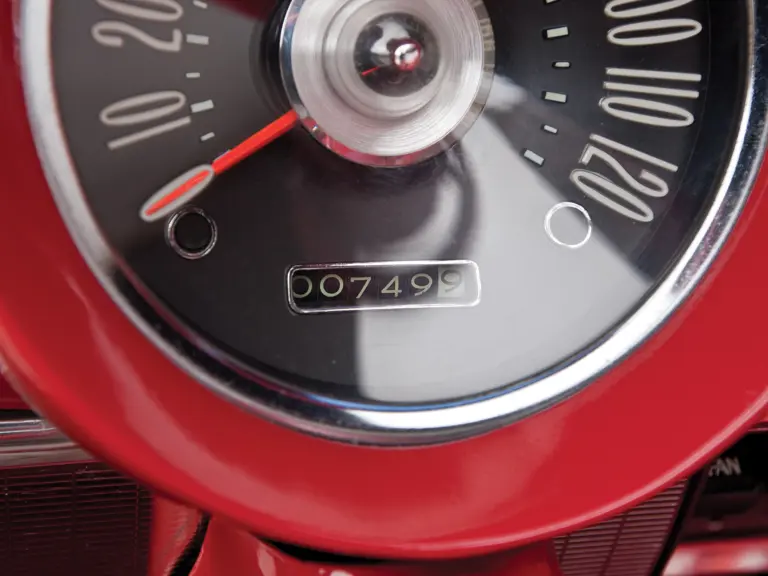
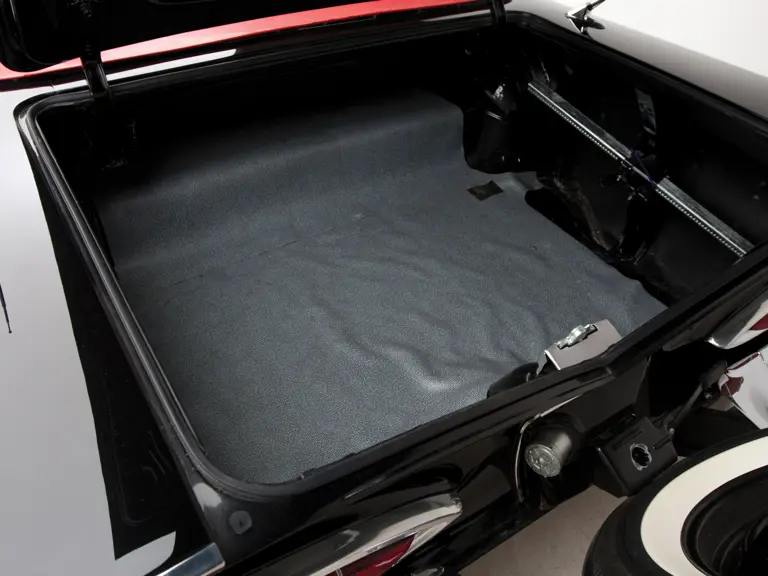
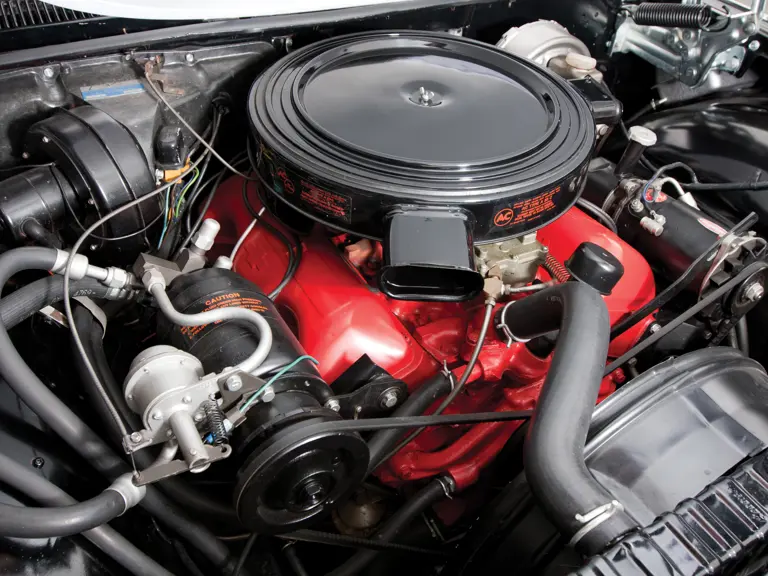
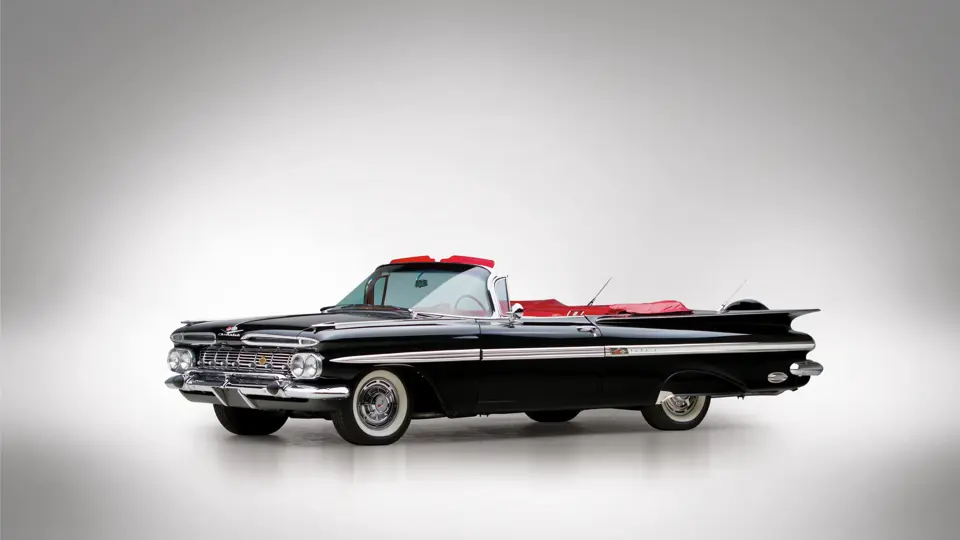
 | North Palm Beach, Florida
| North Palm Beach, Florida

